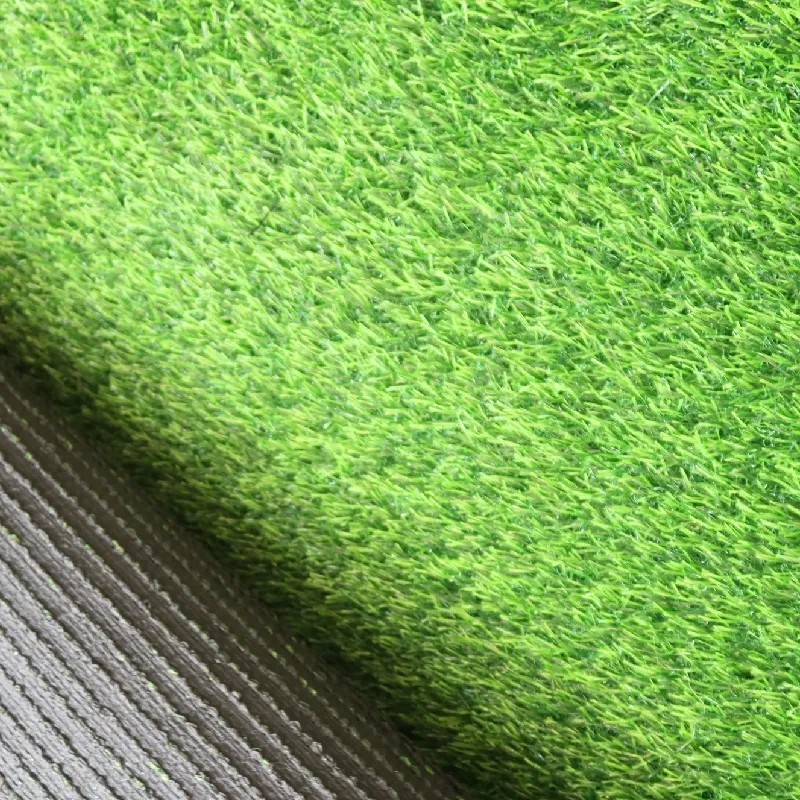
- Afrikaans
- Arabic
- Belarusian
- Bengali
- Czech
- Danish
- Dutch
- English
- Esperanto
- Estonian
- Finnish
- French
- German
- Greek
- Hindi
- Hungarian
- Icelandic
- Indonesian
- irish
- Italian
- Japanese
- kazakh
- Rwandese
- Korean
- Kyrgyz
- Lao
- Latin
- Latvian
- Malay
- Mongolian
- Myanmar
- Norwegian
- Persian
- Polish
- Portuguese
- Romanian
- Russian
- Serbian
- Spanish
- Swedish
- Tagalog
- Tajik
- Thai
- Turkish
- Turkmen
- Ukrainian
- Urdu
- Uighur
- Uzbek
- Vietnamese
Exploring the Benefits and Features of Synthetic Grass for Sports Fields
Oct . 12, 2024 02:24 Back to list
The Rise of Synthetic Grass in Sports A Game Changer for Athletes and Organizations
In recent years, synthetic grass, commonly referred to as artificial turf, has revolutionized the landscape of sports worldwide. Offering a viable alternative to natural grass, synthetic grass presents numerous benefits that are attracting athletes, educational institutions, and professional sports organizations alike. This article explores the reasons behind the growing popularity of synthetic grass in sports, its advantages over natural grass, and its potential impact on the future of athletic facilities.
Durability and Versatility
One of the primary reasons for the increasing adoption of synthetic grass in sports is its durability. Unlike natural grass, which requires consistent maintenance and is often damaged by heavy usage, synthetic grass is designed to withstand high levels of wear and tear. This makes it suitable for various sports, including soccer, football, rugby, and field hockey. Facilities can now host multiple events without worrying about field conditions deteriorating, ensuring that athletes can perform at their best.
Moreover, synthetic grass can be installed in diverse environments, from urban settings to regions with challenging climates. The ability to maintain consistent playing surfaces regardless of weather conditions grants players the opportunity to practice and compete year-round. This versatility not only provides athletes with more training opportunities but also allows organizations to maximize their usage of the facilities.
Reduced Maintenance Costs
Maintaining a natural grass field can be labor-intensive and costly. It requires regular watering, mowing, fertilization, pest control, and various other maintenance activities. In contrast, synthetic grass significantly reduces these costs. While the initial investment may be higher than that of natural grass, the long-term savings in maintenance and operational costs make synthetic grass a financially sound choice for many sports organizations.
With synthetic grass, there is no need for watering, which conserves water and reduces utility bills. Additionally, the time and resources saved on maintenance can be redirected towards enhancing other aspects of athletic programs, such as coaching staff or training equipment, ultimately benefiting the athletes.
sports synthetic grass

Safety and Performance
Player safety is paramount in sports, and synthetic grass offers advantages in this area as well. Modern synthetic surfaces are engineered to provide optimal shock absorption, which can reduce the risk of injuries such as sprains and fractures. Furthermore, advances in technology have led to the development of synthetic grass that mimics the feel and playability of natural grass, allowing athletes to perform at their highest level in a safe environment.
Importantly, the even surface of synthetic grass reduces the likelihood of uneven terrain or unforeseen hazards that can lead to injuries. This consistency promotes better performance and greater confidence among athletes, as they can focus on their skills without the distraction of potential pitfalls on the field.
Environmental Considerations
While synthetic grass is often critiqued for its environmental impact, advancements in the industry have led to more eco-friendly options. Many modern synthetic grasses are made from recycled materials, and some companies are developing products that are fully recyclable at the end of their lifecycle. Moreover, the reduction in water usage and chemical treatments associated with natural grass contributes positively to environmental sustainability.
Future Trends and Conclusion
As technology continues to advance, the future of synthetic grass in sports looks promising. Innovations in materials and design are leading to even more realistic and functional playing surfaces. As more organizations recognize the benefits of synthetic grass, we can expect continued growth in its adoption across various sports.
In conclusion, the rise of synthetic grass represents a significant shift in how sports facilities are maintained and utilized. Its durability, reduced maintenance costs, safety benefits, and environmental advantages make it an attractive option for sports organizations around the world. As athletes continue to push the boundaries of performance, the surfaces on which they compete will evolve to meet their needs, ensuring that synthetic grass remains a critical player in the world of sports.
-
The Benefits of Artificial Turf for Indoors
NewsJul.15,2025
-
How Artificial Grass Suppliers Ensure Quality Products
NewsJul.15,2025
-
Artificial Grass and Pets: A Space for Relaxation
NewsJul.08,2025
-
Balcony & Outdoor Decoration with Artificial Grass
NewsJul.08,2025
-
Best Indoor Artificial Grass for Home
NewsJul.07,2025
-
Best Pet Turf for Dogs: Safe & Durable Artificial Grass Options
NewsJul.07,2025
Products categories









